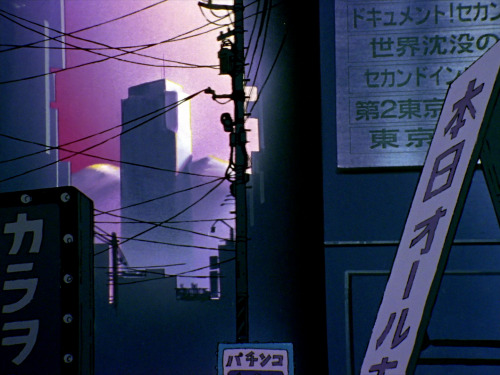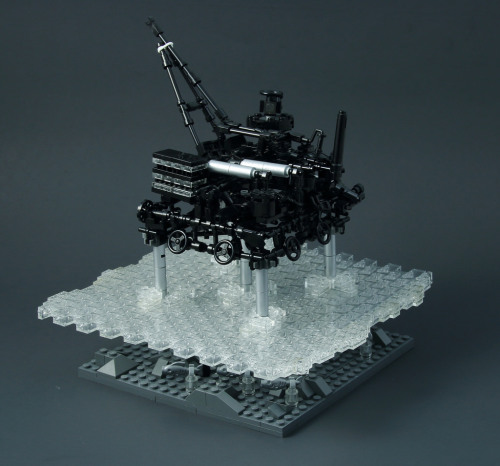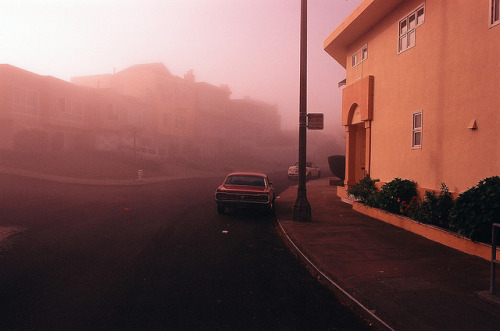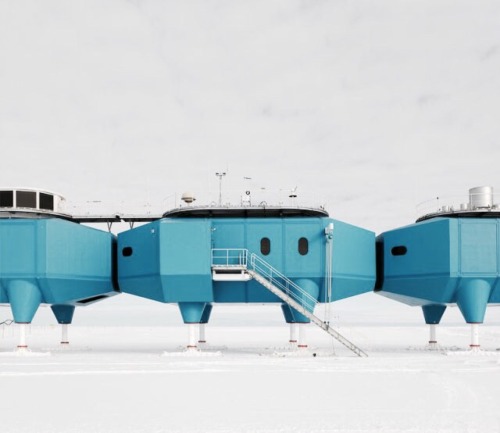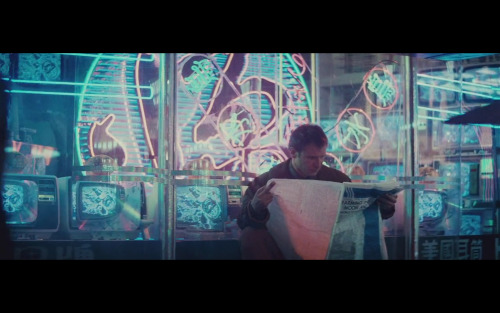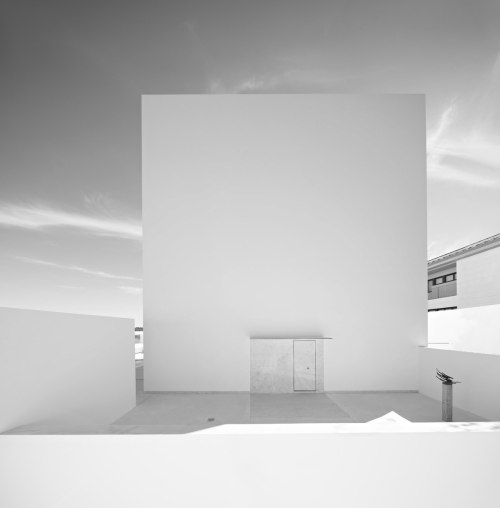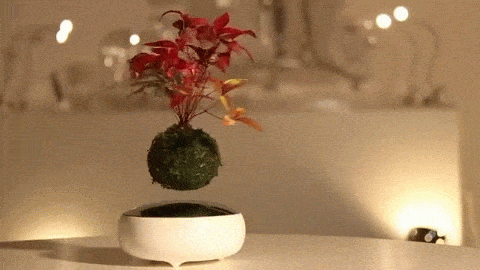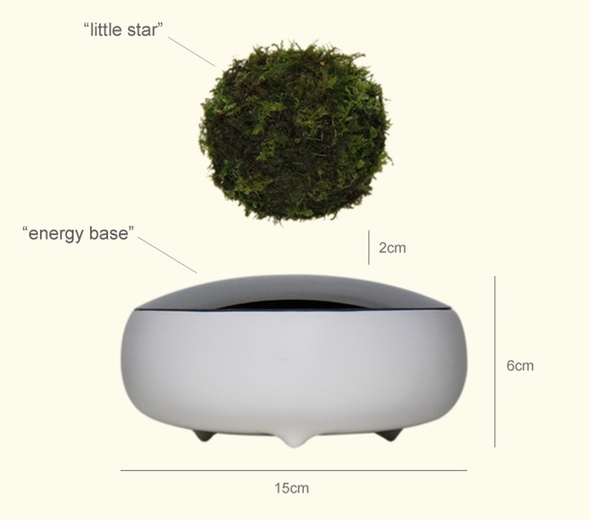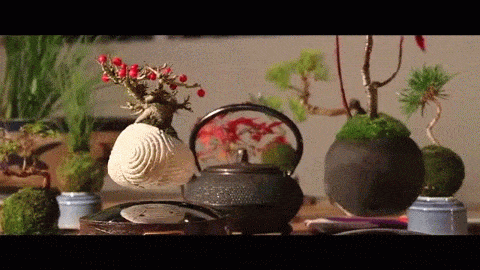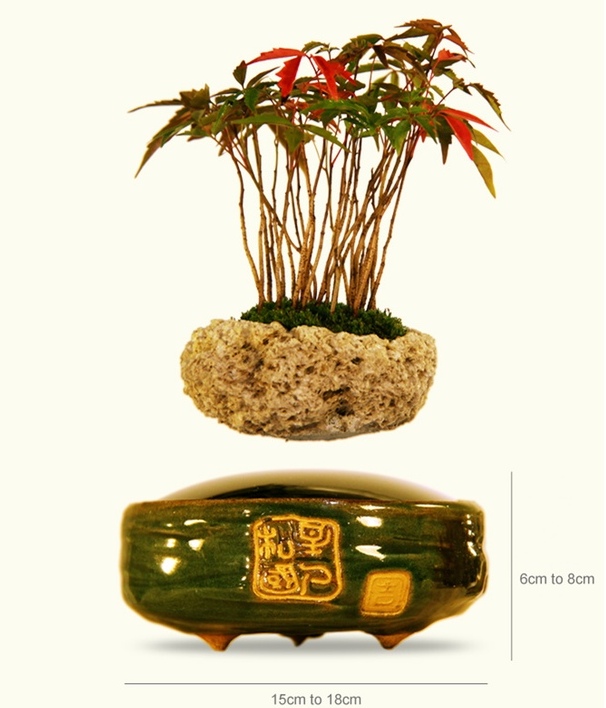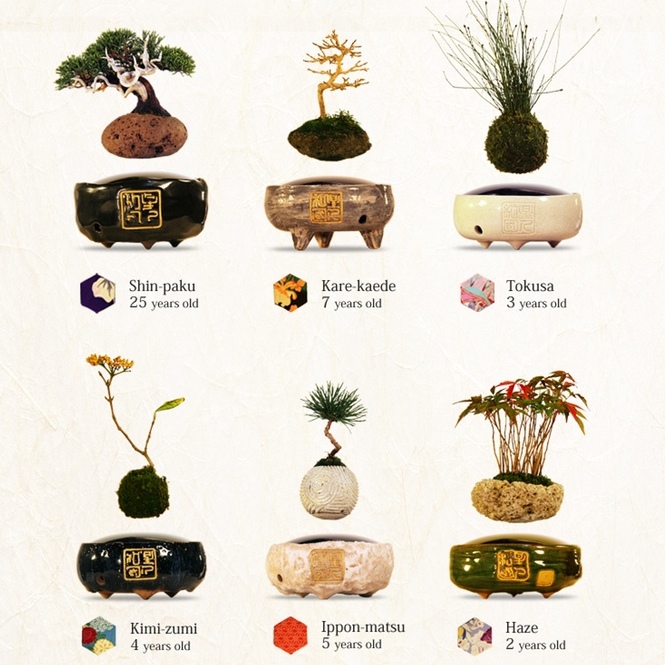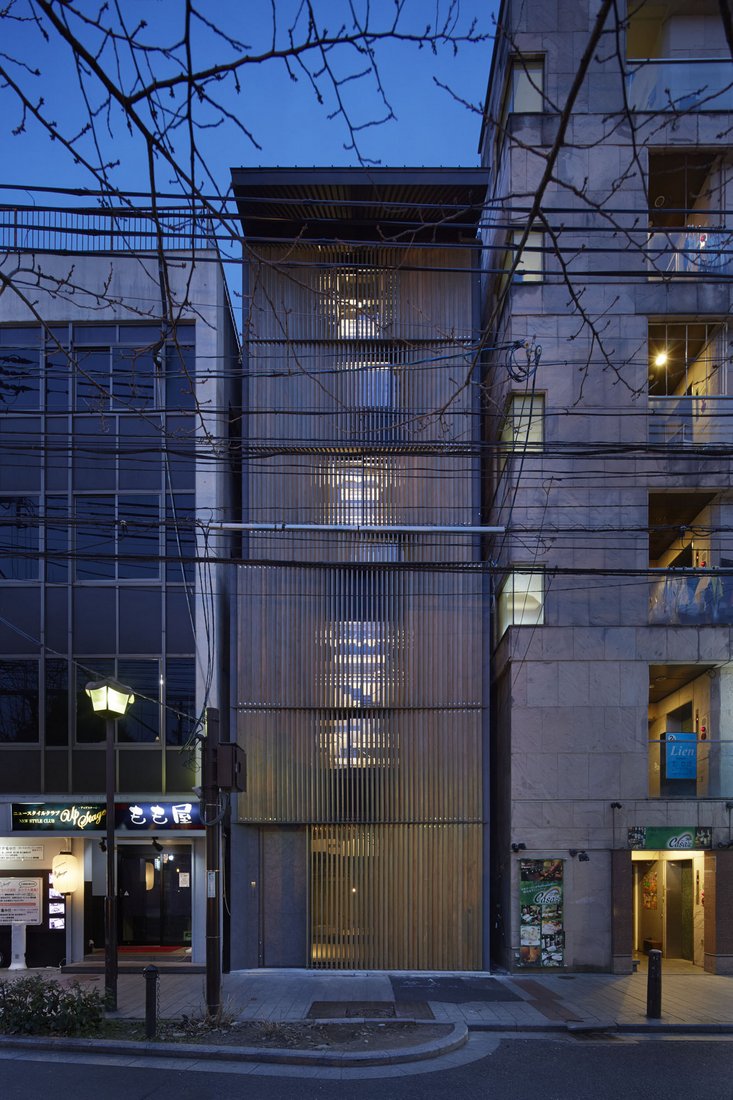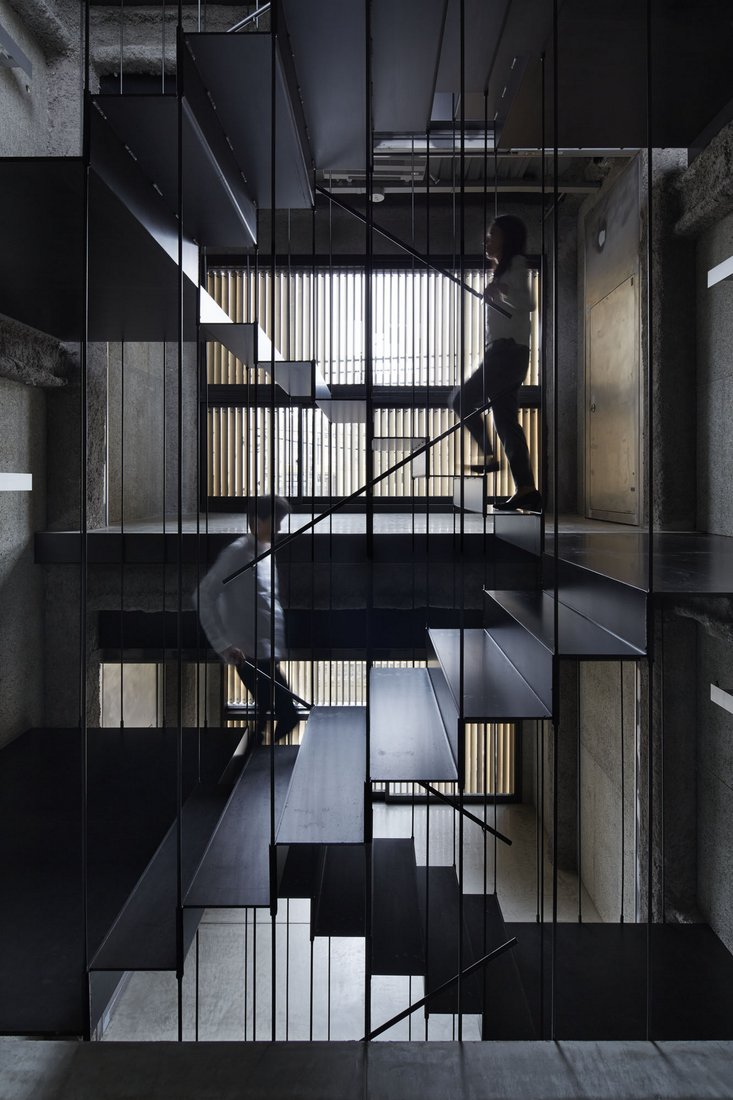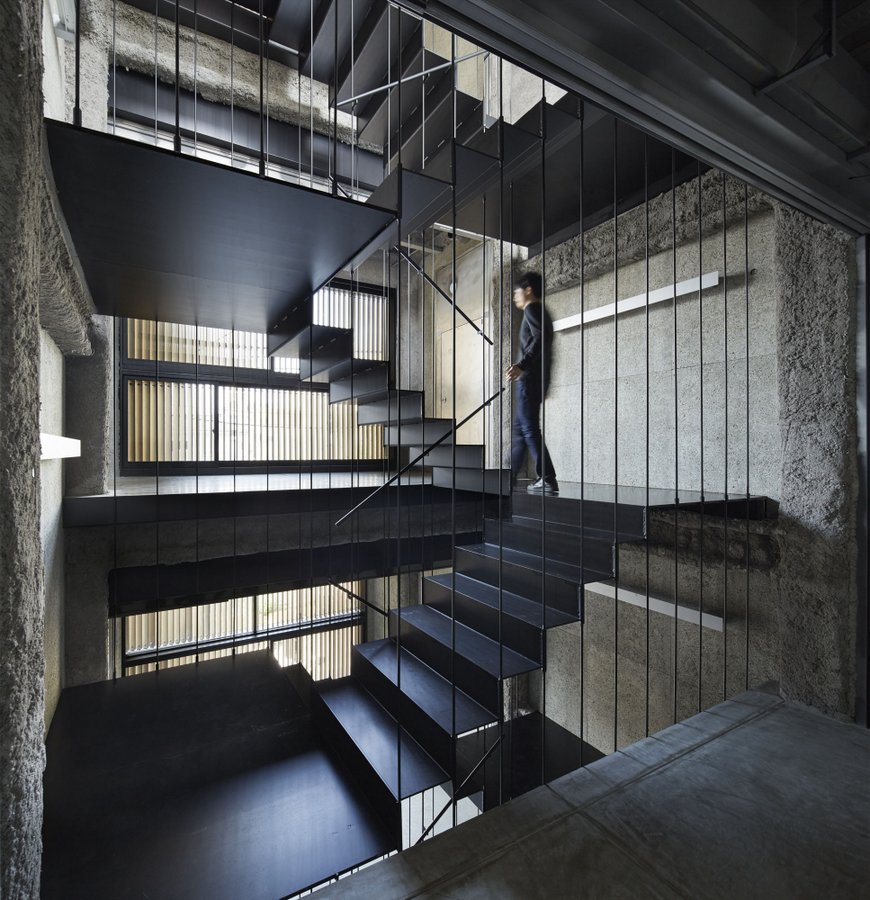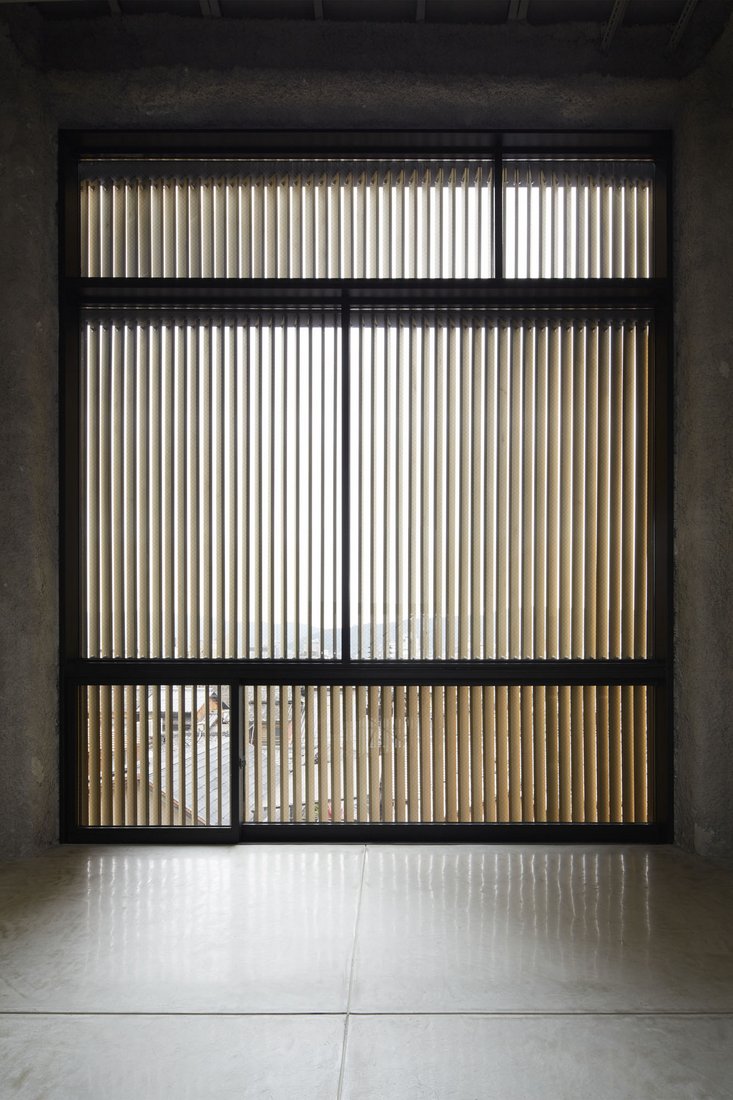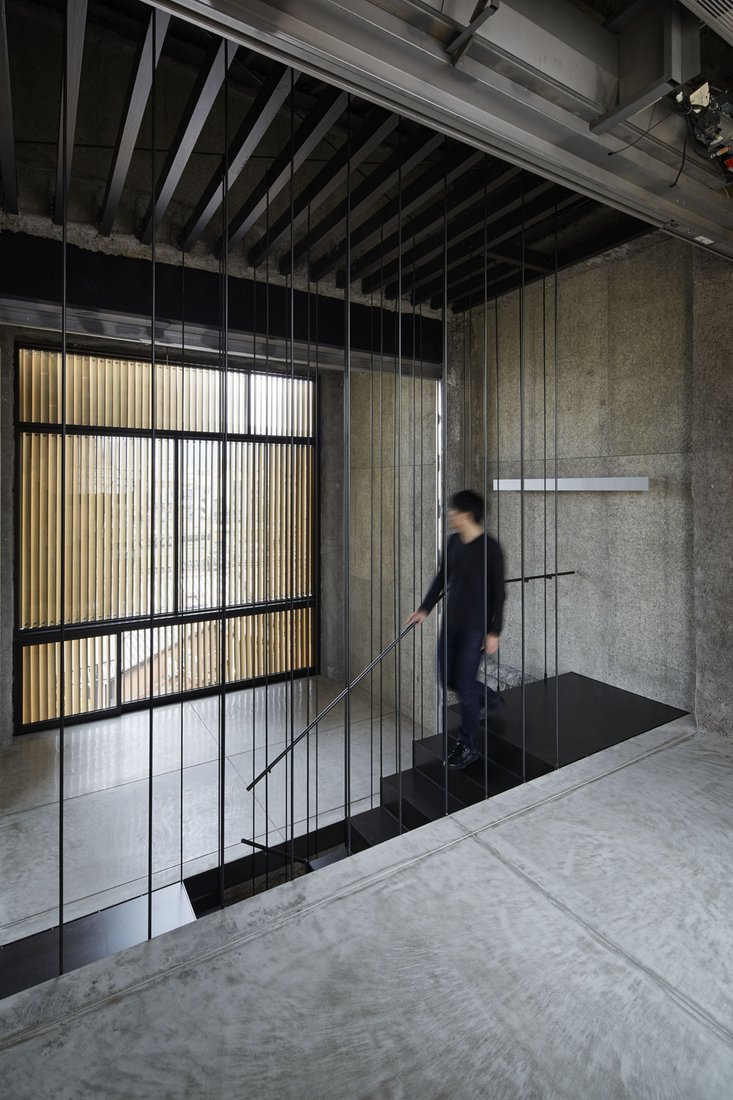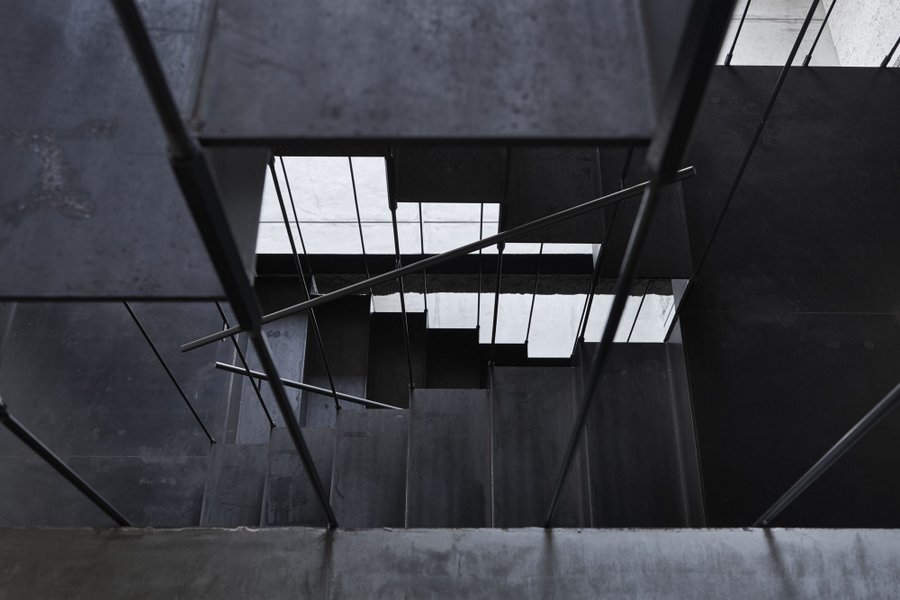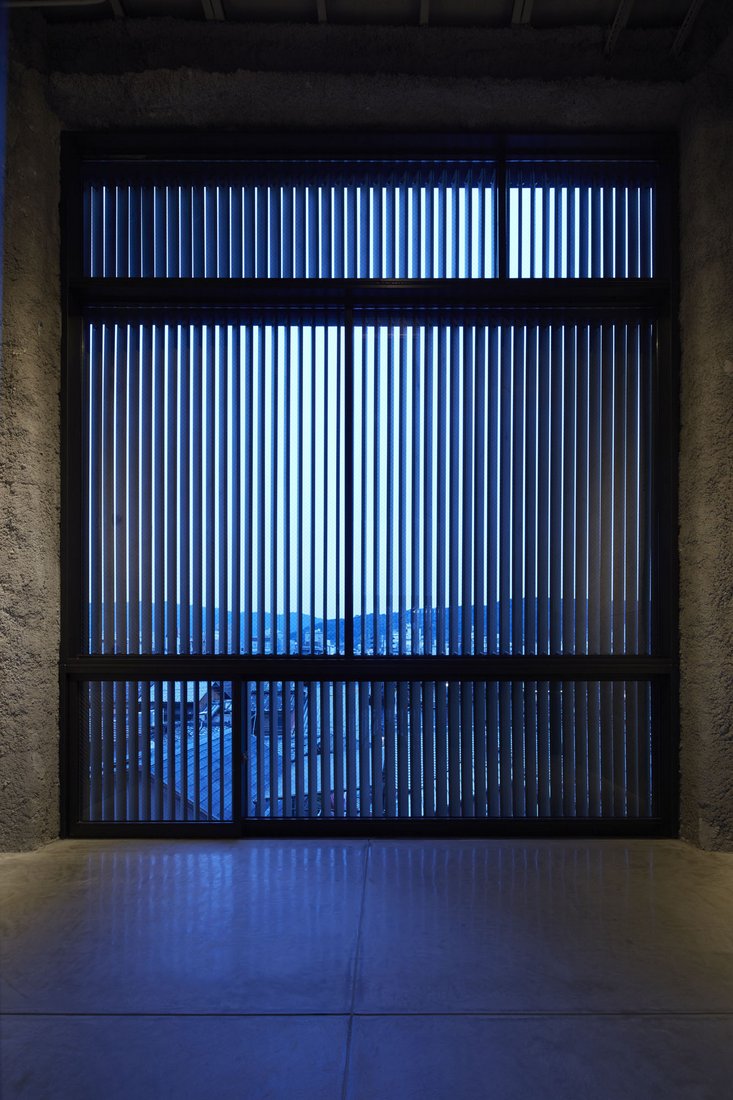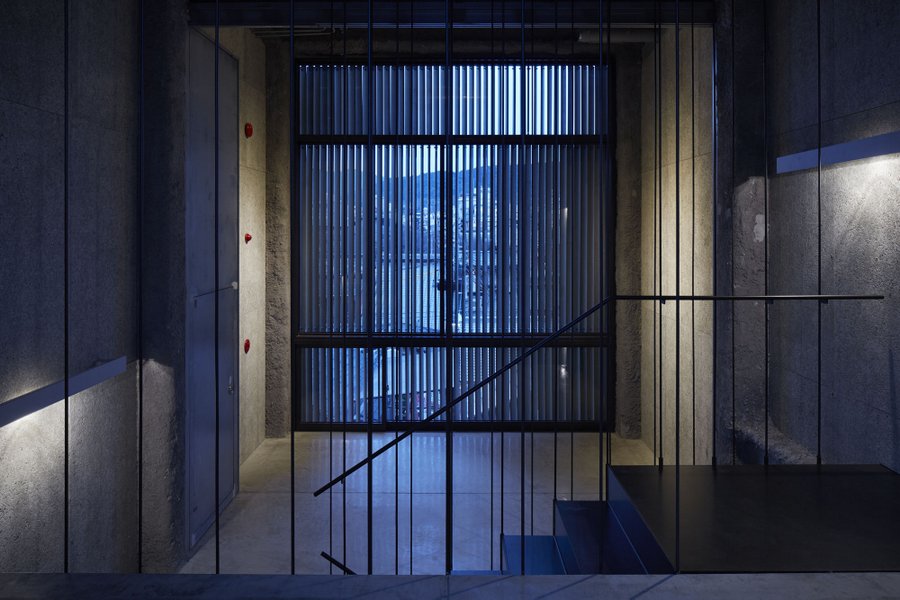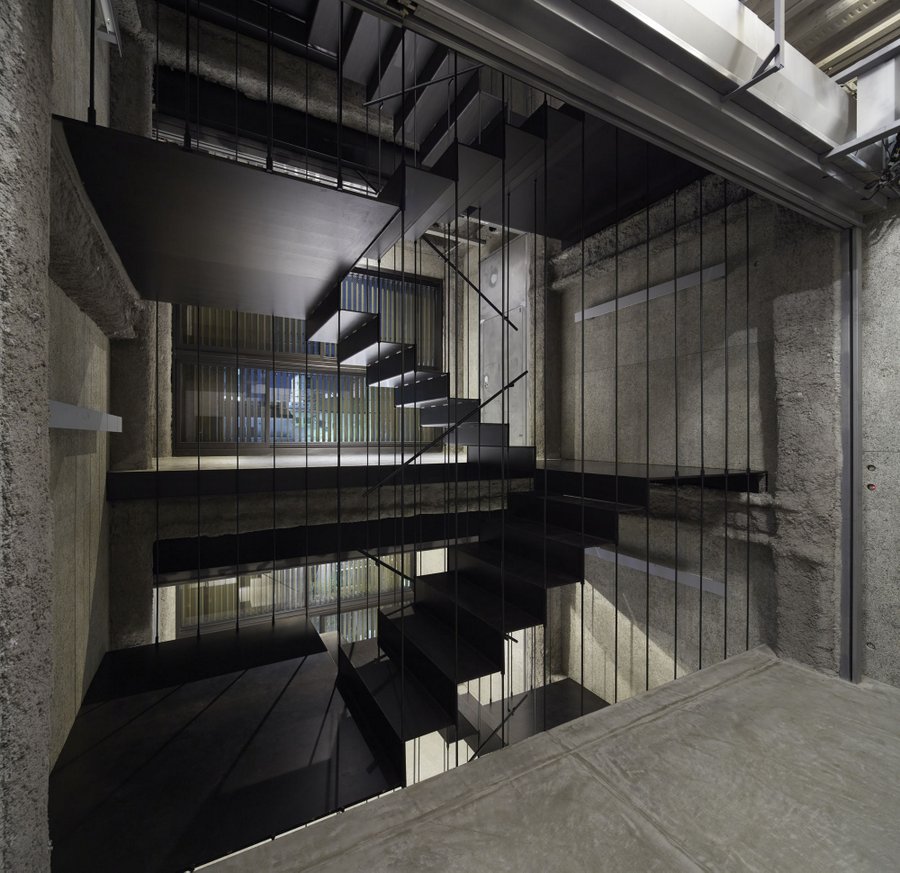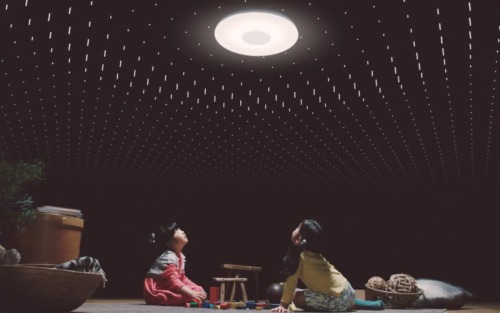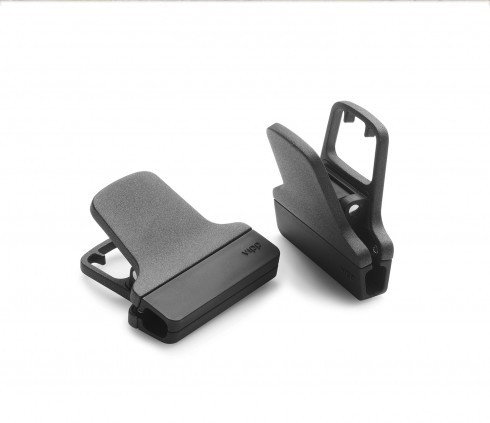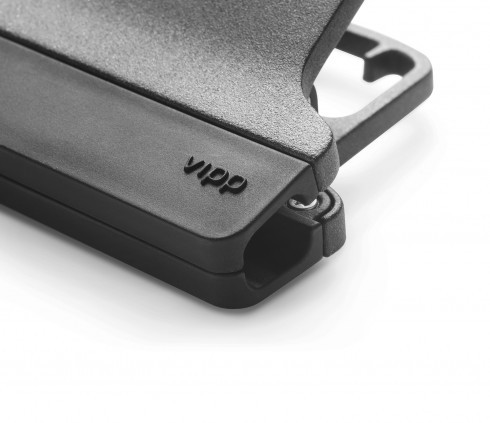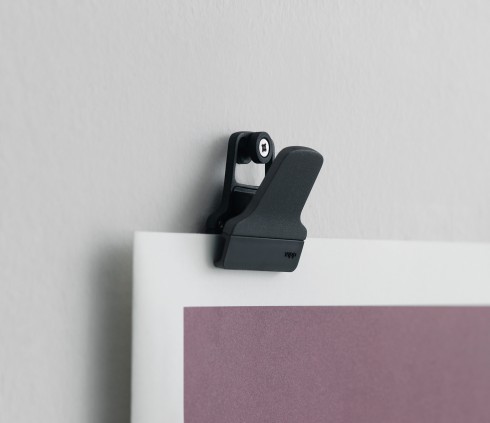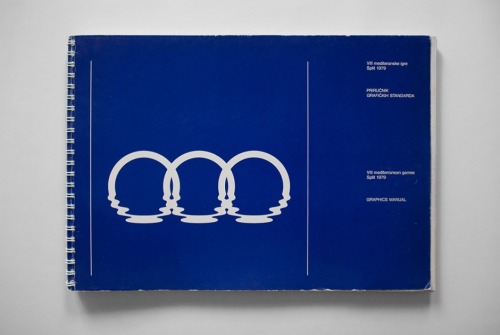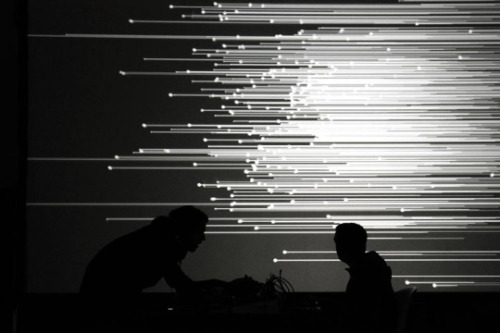
Alex0414
Shared posts
Lo imposible
Quienes presionan al PSOE para que facilite la investidura de Mariano Rajoy como presidente del Gobierno demuestran no haber entendido nada de lo que ha pasado en este país en los últimos cuatro años. Porque con todo lo dura que ha sido y está siendo, la gestión de la crisis económica no constituye el principal elemento en el haber o el debe del Gobierno saliente.
Los estudios demuestran que los votantes son conscientes de que la gestión de la economía es una cuestión compleja y, por tanto, de que el éxito o el fracaso en la creación de empleo no depende exclusivamente de los políticos, sino de múltiples factores que están más allá de su control. Pero los votantes sí que atribuyen a los políticos la responsabilidad por la corrupción (también, por cierto, sobre la desigualdad): saben que socava la democracia y que no es atribuible a la globalización, la perfidia neoliberal o la hegemonía alemana. En esta cuestión de la corrupción, además del desempleo o la desigualdad, España ha batido todos los récords. Nuestro país, no se olvide, ha logrado en la pasada legislatura algo sin precedentes: caer diez puestos de una sola tacada en los índices de corrupción internacional, una hazaña solo igualada por países como Gambia, Malí, Guinea-Bisáu y Libia.
miau5estrellas: mrhangover: sanitydecays: This is my favorite...

This is my favorite thing that I have ever seen on the Internet.
Cada vez que veo esta imagen me parece mas y mas triste
Mi postal sería algo así “Solía vivir en tu casa, estoy borracha y solo recuerdo esta dirección ¿has sentido fenómenos paranormales en el piso? Lo de las canicas son las tuberías, no es eso. Slaudos, Lou”
:-)
The Magnetic Air Bonsai Creates Surreal Levitating Plants
We’ve never had much of a green thumb but maybe we’ll have more luck with an air thumb? A small Japanese company based out of Kyushu has created a fun, poetic twist on indoor gardening. By utilizing the opposing forces of magnetic energy they’ve created a levitating plant called Air Bonsai.
The Air Bonsai consists of 2 main components, the “energy base,” made from Japanese ceramic, and the levitating “little star.” Both come with built-in magnets that enable the levitation. The base also comes with an AC adapter and needs to be plugged in.
Hoshinchu, the Kyushu-based workshop that created Air Bonsai, recently launched a crowd-funding campaign on Kickstarter to bring their product to the market. It appears that the basic Air Bonsai set starts at $200 and they’re targeting a delivery date of August 2016.
But note that the basic set is a DIY set and requires you to use your own plant. The workshop is offering various pre-made bonsai at higher pledge levels ($500 – $1,000) but, due to strict import restrictions, the plants will be procured locally and will likely differ from what’s pictured.
Related posts:
K8: an 8-Leveled Bar in Kyoto Wants to Reclaim its Neighborhood’s Lost Beauty
Kyoto’s Kiyamachi Dori is a gem of a location. The historic street was built in the early 1600s to run parallel with the new Takase River, which was opened to allow small boats to carry wood, coal and other goods to the city center. And because of this surge in economic activity, by the late 1700s, Kiyamachi Dori was lined with restaurants, inns, brothels and small watering holes all looking to cater to travelers and merchants. It’s an intricate network of night alleys, says architect Florian Busch, adding: “any walk here leads to eventual surprises.”
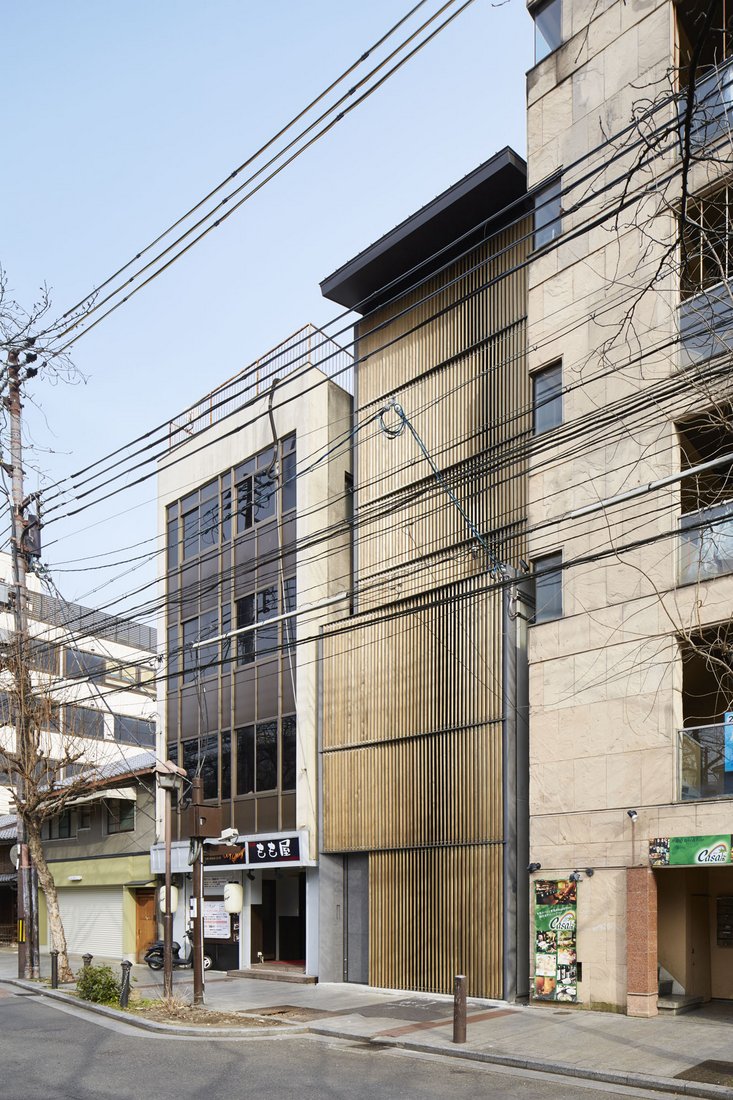
K8 was built on a plot that was previously home to 12 bars that were spread over three 2-story houses
“If you imagine the horizontal sequence of sakaya that historically occupied much of the street, K8 is the translation of that experience into the vertical”
However, we’ll stop there because painting an overly picturesque image of the street could be misleading. Kiyamachi and its nightlife remains a magnet for locals and tourists. But anyone who has visited in the last several years in search of old Japan has likely been disappointed. Lax regulations has allowed quick money to flow in, resulting in a major identity crisis that has manifested itself in what Busch politely refers to as “nondescript mediocrity.” In other words, ugly buildings.
In a previous life, there was a small plot of land right across from Kamiyabashi Bridge where 12 bars were spread over three 2-story houses. This is where Busch, a protégé of the famed Toyo Ito, was asked to create K8, a narrow and horizontal 8-levled structure that would reclaim the historic beauty of Kiyamachi Dori.
If you imagine the horizontal sequence of sakaya, or bars, that historically occupied much of the street, “K8 is the translation of that experience into the vertical,” says Busch. And in an attempt to recreate the old bar-hopping experience Busch has deliberately shunned the elevator, explaining that the “secluded tube…divides as much as it connects.” By forcing revelers to traverse the multi-leveled building, Busch has created “one coherent, continuously varying space.”
In addition, several hundred wooden louvers replicate an architectural style often found in Tokyo. “Walking by further sets the façade in motion, as if the building itself were moving around those who pass by, engaging them by revealing glimpses of the inside in varying depths.”
K8 was just recently completed and has yet to find tenants for all its levels but once it does the architect imagines an evolving evening, stretched from bottom to top with “the staircase linking a diversity of in-betweens.”
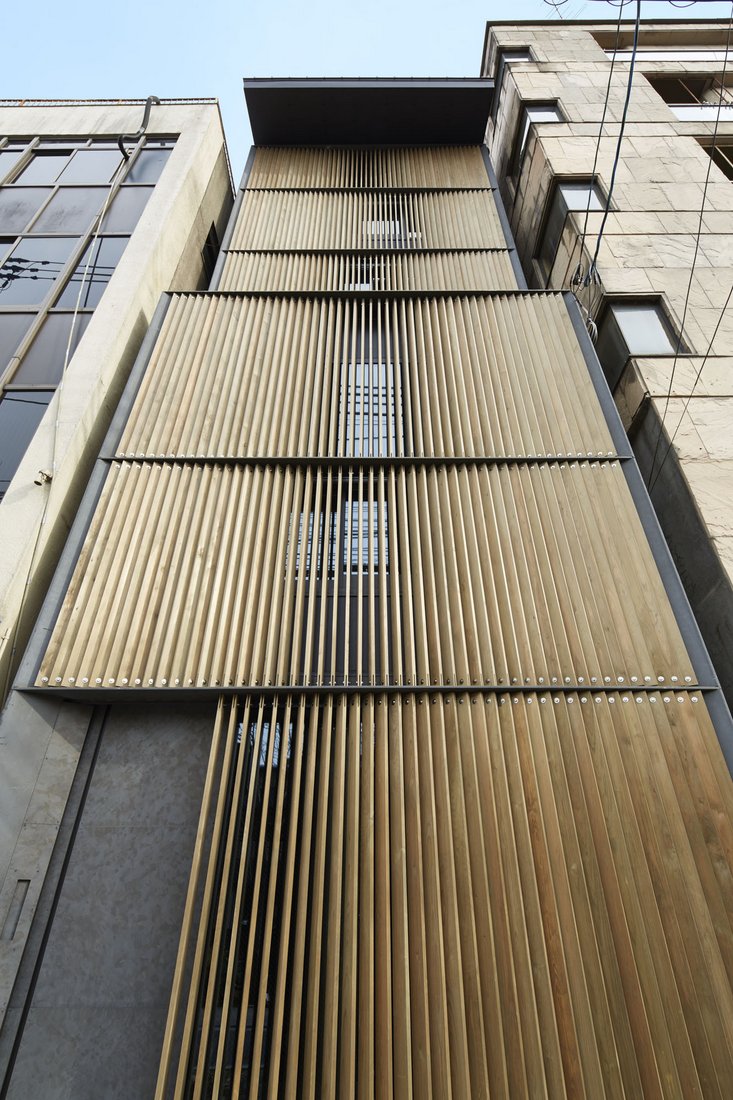
Through their gradual rotations, several hundred wooden louvers evoke a sense of motion, as if the building itself were continuously engaging with its environment.
One extra nugget for the history buffs out there: Kiyamachi Dori also has a bloody past that includes the Ikedaya Incident, an armed encounter between political activist samurai and the Shisengumi police force. Along the pathway you’ll find other monuments to historic figures as well like Ryoma Sakamoto, who used a local vinegar shop as a hideout.
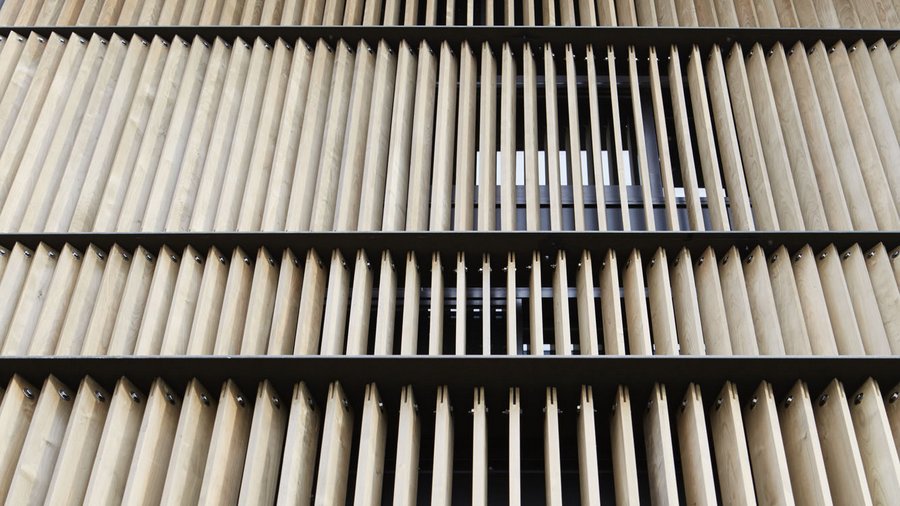
As a homogeneous yet continuously changing surface, the facade creates an ambiguity often found in Kyoto’s architecture.





